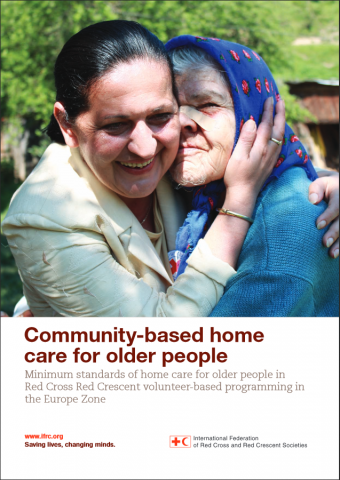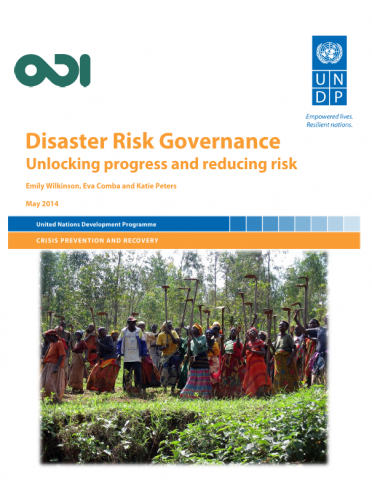Disaster risk governance: Unlocking progress and reducing risk


The call and the analysis presented here responds to an identified need for more comparative studies on how governance systems and development situations have shaped progress on disaster risk management (DRM). This paper reviews a selected number of different governance systems in terms of their institutional structures (centralized and decentralized); distribution of power and decision-making authority; capacities and resources; and role of different stakeholders among other characteristics.
The analysis draws on a variety of governance, risk management and adaptation indices as well as secondary literature from across a range of countries and contexts. It assesses different dimensions of disaster risk governance (DRG) and how these have developed since 2005 when the Hyogo Framework for Action (HFA) was agreed by 168 governments at the World Conference on Disaster Reduction. The aim of the paper is not to test or evaluate the effectiveness of the HFA, but rather to assess the general direction of change with regard to the institutional, policy, and legislative environment, and to identify some of the key drivers of progress towards developing more proactive measures to reduce disaster risk and avoid the creation of risk in the future.
– UNDP, 2014
